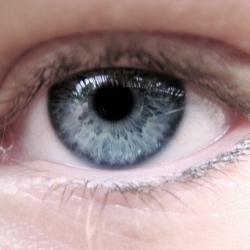
Having first appeared in the 1980s, the pattern of brain activity triggered by looking at an emoticon smiley face is now the same as when someone sees a real smiling human face, scientists from the school of psychology at Australia’s Flinders University in Adelaide said.
"There is no innate neural response to emoticons that babies are born with. Before 1982 there would be no reason that ‘:-)’ would activate face sensitive areas of the cortex but now it does because we’ve learnt that this represents a face," Dr Owen Churches told ABC News.
"This is an entirely culturally-created neural response. It’s really quite amazing."
The smiley face emoticon was first used in a post by Professor Scott E Fahlman to the Carnegie Mellon University computer science general board in 1982, Dr Churches added.
To carry out the research, 20 participants were shown images of real faces, smiley face emoticons, and a meaningless string of characters.
Interestingly, when the series of punctuation used to create a smiley face was reversed to show ‘(-:’, or presented upright, no response was triggered. "Areas of the brain most readily involved in face perception aren’t able to process the image as a face," said Churches.
